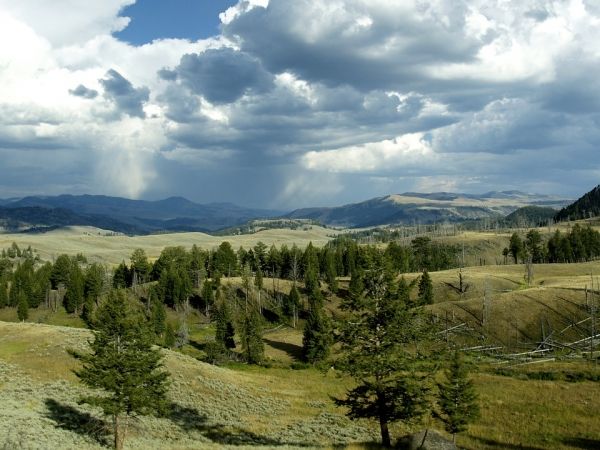Temperature significantly increased and snowfall decreased in the iconic Greater Yellowstone Area since 1950 because of climate change, and these trends will likely continue through the rest of the century, according to a climate report published today.
Scientists with the U.S. Geological Survey, Montana State University and the University of Wyoming studied climate change in the Greater Yellowstone Area (GYA) from 1950-2018. They evaluated how these changes could progress by 2100 based on various greenhouse gas emission scenarios and found that average GYA temperatures increased by 2.3 degrees Fahrenheit and could increase an additional 5-10 degrees Fahrenheit by 2100.
“Greater Yellowstone is valued for its forests, rivers, fish and wildlife,” said Steve Hostetler, a USGS scientist and co-lead author of the report. “The trend towards a warmer, drier climate described in this study will likely affect ecosystems in the region and the communities that depend on them.”
Read more at US Geological Survey
Photo Credit: ArtTower via Pixabay


